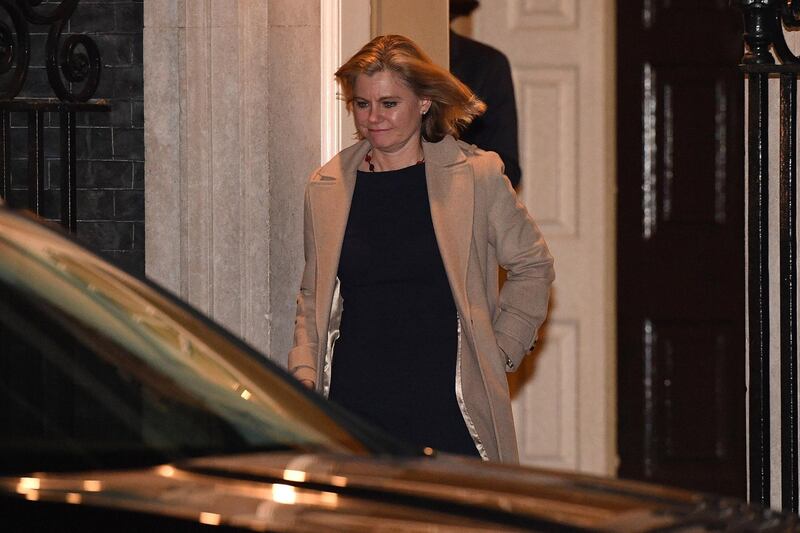Theresa May's New Year cabinet reshuffle was supposed to be a chance for the British prime minister to stamp her authority on a mutinous party. However, at the end of a day when announcements of appointments on social media were reversed within minutes, Mrs May looked weak and vacillating.
The prime minister had set out to shake up her top team and replace the former first secretary of state and effective deputy PM Damien Green, who quit in December after lying about an investigation he faced.
David Lidington, the former justice secretary, was moved to replace Mr Green in his responsibilities but did not take the title of first secretary.
Then, the Northern Ireland secretary James Brokenshire resigned for health reasons, leaving one of the trickiest posts in the cabinet open. He was replaced by culture secretary Karen Bradley, who will take on the task of attempting to resolve the impasse in the province between the Democratic Unionists and Sinn Fein which has left the devolved government at Stormont without an administration for a year.
Mrs Bradley leaves her successor, Matt Hancock, with the responsibility for overseeing the bid by Rupert Murdoch's family to take over the parts of the Sky TV network that they do not own - a hot potato given the support the Conservative party enjoys from Mr Murdoch's newspapers.
Two cabinet ministers refused to move from their posts. It was widely briefed that Jeremy Hunt, the health secretary who is under fire for the current NHS winter crisis, would be moved to the business, energy and industry department.
However, the incumbent in that job, Greg Clark, refused to move, as did Mr Hunt, so Mrs May was left with no choice but to leave them in their positions. The social care brief was added to Mr Hunt's remit, while opprobrium was heaped on Mr Clark.
And the final indignity came when education secretary Justine Greening arrived at 10 Downing Street and spent two hours with the PM before leaving the government after being offered the position of work and pensions secretary, which she turned down. She was replaced by Damian Hinds.
Ms Greening represents a pro-Remain constituency and her majority was slashed in last year’s election as affluent voters in her London seat of Putney punished the Tories for Brexit. Many commentators on Twitter anticipate that she could become a thorn in Mrs May’s side if she joins the growing ranks of pro-European backbench rebels.






